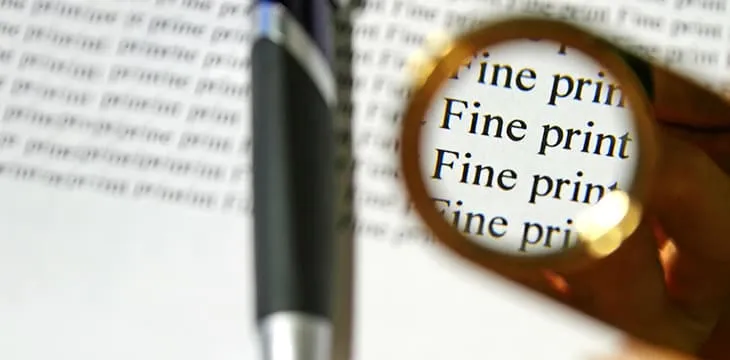|
Getting your Trinity Audio player ready...
|
Tulip Trading Limited (TTL) and Bitcoin Association have reached a settlement in Dr. Craig Wright’s landmark suit arguing that blockchain developers owe fiduciary and tortious duties toward their users which compel the developers to act in cases of lost or stolen coins.
However, the settlement is most notable for reasons unrelated to Dr. Wright’s suit: Bitcoin Association has been in the process of developing software that would allow miners to freeze coins once it has been established that a valid court order (or another document of equivalent legal weight) has been issued to that effect. In practical terms, it provides a clear path for holders of digital assets (and other blockchain users) to enforce their legal property rights, such as in cases where digital assets have been stolen or wallet keys lost.
Though its consequences are likely to reach far across the digital asset industry, this suit arises from a hack on Dr. Wright’s home network in 2020 which saw the keys to a colossal amount of Bitcoin stolen from him. Dr. Wright filed suit against a number of blockchains and their developers including those associated with the BTC and BCH blockchains. Dr. Wright argued that the software engineers in charge of the relevant blockchains owed him a duty to prevent the hackers from dealing in the stolen property and return them to him.
In March, all but Bitcoin Association and one other defendant succeeded in getting Tulip Trading’s suit thrown for want of jurisdiction. That decision is expected to be the subject of an appeal to the Court of Appeal by Tulip Trading, but it didn’t apply to Bitcoin Association, which was not party to the jurisdictional challenge.
Fortunately, the settlement shows for the first time how legal coin recovery can work in practice. Bitcoin Association agrees to develop and publish software that can be used on the BSV network to translate court orders (‘or documents of comparable force’ – likely a blueprint for use in other jurisdictions) into a format capable of being broadcast to miners on their network. It is also incumbent on BA to attempt to find a suitable legal entity to operate the software, as well as develop and publish software that the miners can use to implement the digitized version of the order by freezing or unfreezing specific assets.
Beyond that, BA does not play a role in the implementation of the software (as made clear in a statement published to the BA website): this will be left up to the miners. The statement also clarifies that the technology required to effect the settlement had already been in development for some time in response to the massive increase of digital asset hacks in recent years and the problem that inevitably poses for would-be enterprise adopters of Bitcoin.
Craig proving BSV works inside the law is exactly why Enterprises and Governments are now committing to work with BSV. This example is Craig proving property law applies to his stolen assets. https://t.co/RJuZ0VUIOZ
— Calvin Ayre (@CalvinAyre) June 10, 2022
It is important to note that this settlement is not an agreement to move any specific coins, including those at the core of Dr. Wright’s lawsuit. However, it will mean that the infrastructure required to implement any potential future court order relating to coins which have been lost, including those lost as a result of theft, will now be in place. In other words, it amounts to the opening of a vital avenue for all holders of digital assets to enjoy the kind of legal protections that apply to any other kind of property and consumer interest.
To many, the settlement agreement will look exactly as it should in a society based on the rule of law. If any digital asset is to be relied upon—particularly by enterprise and government—then a mechanism by which lost or stolen assets can be returned to their rightful owner is inevitably non-negotiable. This has been obvious for years, and becomes more apparent and more pressing of an issue as the number of victims of digital asset theft climb exponentially. It’s a point so elementary that this functionality was included in the earliest versions of Bitcoin (Alert Key) until it was removed some time after Satoshi Nakamoto disappeared from public view.
Fast-forward to 2022, all that remained to be established is precisely how the rigors of the legal system would interoperate with something like Bitcoin—and pending the actual implementation, the settlement does exactly that.
Oliver Cain, ONTIER Partner and advisor to TTL said:
“This settlement should be welcomed by anyone who has lost access to their BSV. Dr Wright has always maintained that the technology required to restore control over digital assets were both necessary and available, in circumstances where private keys have been lost or stolen. Today’s settlement is the latest step in securing TTL’s recovery of its stolen assets.”
Assuming the order is implemented as planned, the settlement has the potential to mark a new era for digital assets where the threat of losing access to coins—either via a hack or otherwise—is no longer treated as an inevitability. With that no longer needing to be the case, another wave of mass adoption has never seemed so close—while blockchains that are designed to act as a refuge for thieves will have to fall in line with the new era or disappear entirely.

 08-09-2025
08-09-2025 





